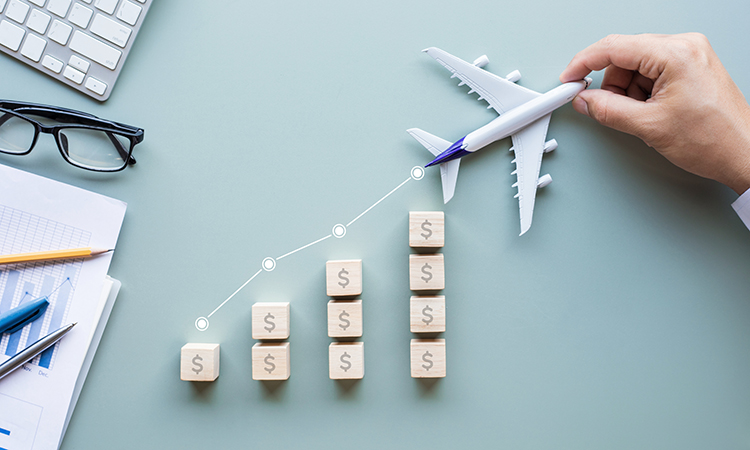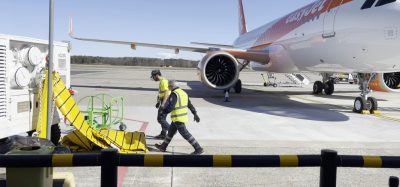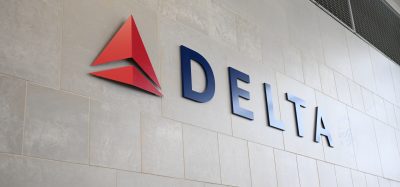Capital investment needed to support recovery and long-term growth of aviation, says ACI World
- Like
- Digg
- Del
- Tumblr
- VKontakte
- Buffer
- Love This
- Odnoklassniki
- Meneame
- Blogger
- Amazon
- Yahoo Mail
- Gmail
- AOL
- Newsvine
- HackerNews
- Evernote
- MySpace
- Mail.ru
- Viadeo
- Line
- Comments
- Yummly
- SMS
- Viber
- Telegram
- Subscribe
- Skype
- Facebook Messenger
- Kakao
- LiveJournal
- Yammer
- Edgar
- Fintel
- Mix
- Instapaper
- Copy Link
Posted: 30 June 2021 | International Airport Review | No comments yet
New forecasts by ACI World outline that approximately $2.4 trillion in airport total capital investments will be needed to support the industry to 2040.


New Airports Council International (ACI) World forecasts for the global airport sector have shown that approximately $2.4 trillion in airport total capital investments will be needed to address the long-term trend in passenger demand to 2040.
The ‘Global Outlook of Airport Capital Expenditure – Meeting Sustainable Development Goals and Future Air Travel Demand’ study, published on 28 June 2021, shows that significant investment in new greenfield airports, as well as significant investment to expand and maintain existing airport infrastructure, is required. The study was supported by Hamad International Airport (DOH) and developed in collaboration with Oxford Economics.
The estimated decline in capital expenditure between the pre-COVID-19 baseline year of 2019 and the depth of the global COVID-19 lockdown (2020) is 33 per cent, equating to approximately $28 billion.
While capital investment partial recovery to about 14 per cent (approximately $12 billion) below 2019 baseline is expected in 2021, ACI World believes that, as air transport demand recovers to pre-pandemic levels, passenger demand will put increased pressure on airports’ infrastructure, and failure to invest to address capacity needs will have real socio-economic consequences.
If longer term capacity constraints are not addressed through capital investment, ACI World estimates a reduction of up to 5.1 billion passengers globally by 2040. For every one million passengers that airports cannot accommodate due to airport capacity constraints in 2040, 10,500 fewer jobs and $346 million less in Gross Domestic Product (GDP) would be the result.
“Airport infrastructure is key to the continued development of air transport, which supports millions of jobs and provides social and economic development for the global communities that we serve,” said ACI World’s Director General, Luis Felipe de Oliveira.
He added: “Beyond the recovery from the COVID-19 pandemic, our focus is to provide sustainable long term growth for the industry, which will need increased airport capital investment in new and optimised existing infrastructure; reasonable policies for the use of slots; and developments that improve the economic, social and environmental footprint of airports.”
“ACI World’s CAPEX study shows that the airport industry’s current financial shortfall poses significant challenges to the modernising of infrastructure to improve sustainability and resilience, which will be required if passenger demand into the future is to be met. In normal times, addressing the growth of passenger demand in the face of global airport capacity constraints already poses a significant challenge, but the pandemic has dramatically reduced airport revenues, adding even greater challenges to meeting long-term capacity needs,” de Oliveira explained.
ACI World recently published its long term carbon goal, whereby the world’s airports are committed to net zero carbon emissions by 2050. To realise this, additional green capital financing will be needed, and ACI World believes that, to fully realise the positive economic, social and environmental outcomes, innovative approaches, appropriate incentives and flexibility in organising and securing financing – such as green bonds or public-private partnerships (PPPs) – are required
“Governments will play an important role in supporting and incentivising recovery and mitigating the risks of falling short on the Sustainable Development Goals that are linked to airports,” de Oliveira said. “This support could take the form of the development and access to renewal energy sources; reducing electricity purchase through energy efficiency measures; improving access to green financing instruments; adapting airport infrastructure to serve alternative fuel aircraft; or fostering the development of negative emission technologies.”
Related topics
Airport crisis management, COVID-19, Economy, Funding and finance, Passenger volumes, Workforce


















